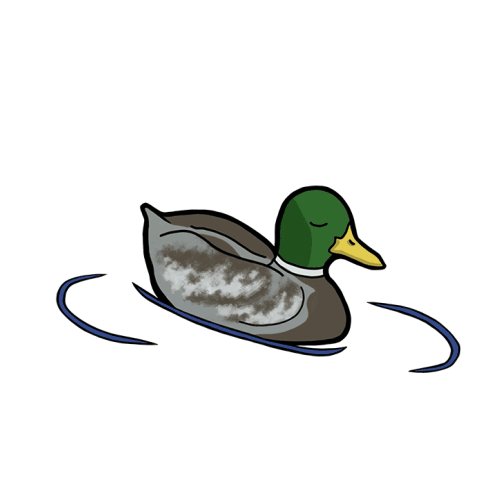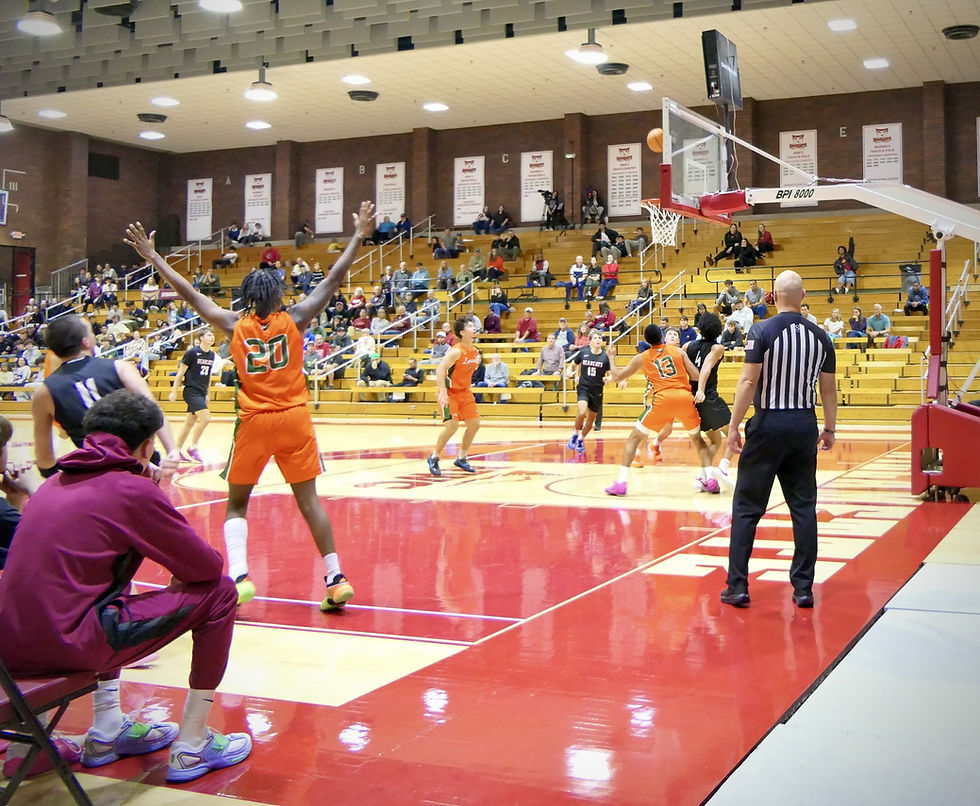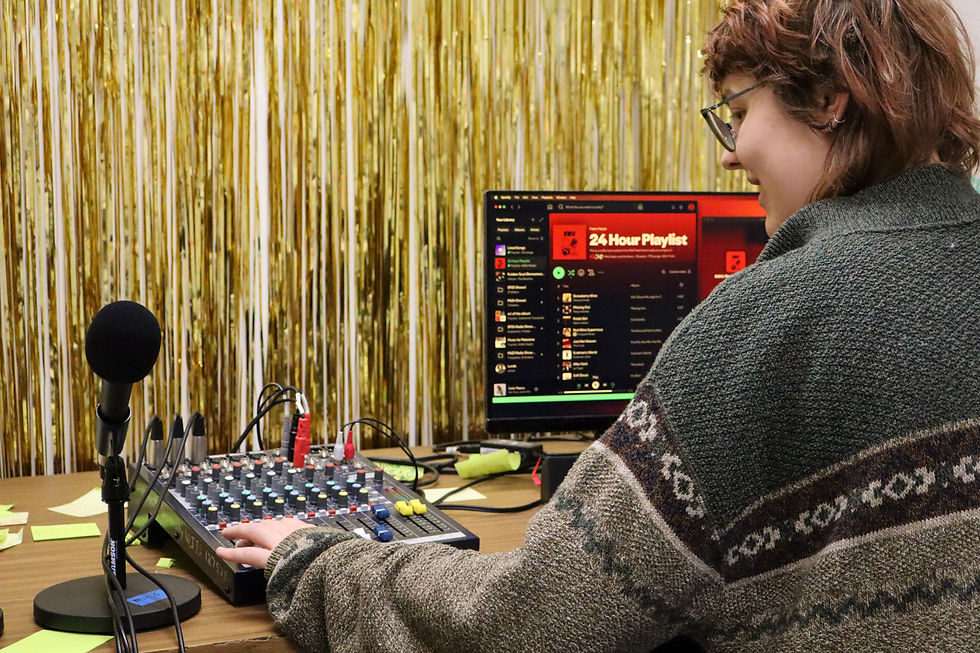This actually IS my first rodeo
- Collegian staff
- Oct 17, 2023
- 4 min read
Mary Vickery
Staff Writer

Giddyup! Along with many a cowboy and cowgirl, I gathered in Salem on Sept. 23 for the Northwest Professional Rodeo Association (NPRA) finals. After forking over $10 to park, I joined my fellow Salemites at the Oregon Fairgrounds Pavilion for my first rodeo.
Rodeo is a multifaceted sport with many different events for competitors. At the NPRA finals, athletes showcased their skills in Bareback, Saddle Bronc, Bull Riding, Tie-Down Roping, Breakaway Roping, Team Roping, Steer Wrestling, Wild Cow Wrestling, Wild Cow Milking, Barrel racing, Novice Saddle Bronc and Novice Bareback. Events vary significantly in rules, form and skillset, but all mimic or are influenced by cattle ranching practices.

Seats steadily filled before stopping at about half occupancy. However, social media organizer Erik Wurgler claimed that contrary to my assessment, the NPRA finals have been building a lot of steam recently. Organizers are aiming to make the rodeo a more family-friendly event for all—local shops set up stands with Western-style clothing, jewelry and bags. One booth caught my eye due to a laminated green sign advertising “Concealed Carry Bags!” in Comic Sans.
As the foot traffic settled, the night opened up with a unique rendition of the national anthem. A blonde “beauty” in Western gear entered the arena on a horse, waving “the greatest symbol of freedom the world has ever known.” With hair and flag rippling in the flowing air, the crowd was taken over by the voice of the night's announcer, Jim Bob Custer. The room stood and people ripped their hats off with urgency as Custer monologued, “You know there are other sports where the athletes will kneel in protest at the presentation of the flag and at the playing of the national anthem, but tonight I want you to notice something different. Here, in the world of professional rodeo, WE STAND.”
Custer's politicized spiel was capped by a prayer and officially ended when a local high school Future Farmers of America (FFA) student sang the national anthem. Though the energy was low in the stands, the chutes were full of cowboys, gearing up to wrangle the livestock. Each cowboy seemed to have a distinct ritual: some smacked themselves, some jumped up and down and some stood eerily still, eyes set forward in thought.
Bareback riding kicked the night off, keeping the volume of the crowd at a steady chatter. Riders must ride their bronco for eight seconds with one hand holding the reins, and the other to the wind. They are then judged on various criteria, including body language and adaptability. All of the cowboys put up a good fight, but not everyone could beat Kyle Bounds, winner of bareback for the night as well as the six previous NPRA finals. To announce his victory, Bounds was paraded around the arena in the back of a white Chevy pickup truck.
Bounds is from Harrisburg, Oregon and has been riding bareback since 2010. I got a chance to talk to him by interrupting a photoshoot session with fans after the rodeo. Bounds noted that, “Rodeo is basically showing the toughest of the toughest guys around. You want to show everyone you’re the best.” He also made a direct point to mention the animals they work with in the rodeo, asserting that, “The animals are our number one priority. We take care of the animals better than we take care of ourselves.” Bounds plans to go “down south” for the winter and continue riding bareback for as long as he can.

Events came and went, the crowd stayed temperate, a cowboy was thrown from a bronco and cows were milked wildly (wild cow milking being an event in which two cowboys work together to capture and milk a cow, then deliver said cow milk to a nearby panel of officials in a timed period). In a room full of people in their element, I was struck. Meanwhile, behind the chutes, bull riding athletes geared up. They shook themselves out, steadied their breaths and set their heads straight, waiting with darkened eyes and barren faces. As helmets were brought out, a sense of seriousness wafted about the crowd and steadiness faltered in the Pavilion.
Riding a 2000 pound mass of anxious, uncontainable wild energy is dangerous. The rider mounts the bull in the chute. They then grab onto a braided rope around the chest of the bull with one hand, hold on for dear life and open the chute. Thrashing from his front to hind legs, shifting his hips and kicking back, the bull will do anything he can to get his rider off his back and onto the dirt. The only thing keeping the body of the rider from flinging about and under the bull is their one-handed grip. Eventually, the rider will be thrown. It is the job of a bullfighter to keep the bull from trampling the fallen rider and to give them time to get to safety.
Bullfighter Dan Newman has been at his craft for 33 years, starting at 19 years old. He began when his football program at a community college dropped, and a friend roped him in. Newman has found that skills from football have somewhat transferred over to bullfighting. Further, he asserted that the key to surviving is to just “react to what’s happening,” and that “believing in yourself” is a big factor.
Ultimately, the winner of the 2023 NPRA bull riding finals was 17-year-old Shane Scott. Scott beamed with excitement and pride on his walk back to the dressing room. He summed up his experience with rodeo succinctly, saying, “Sometimes I win, sometimes I don’t.” Among other sports, rodeo stands out as one that welcomes such a notion with open arms.




Comments